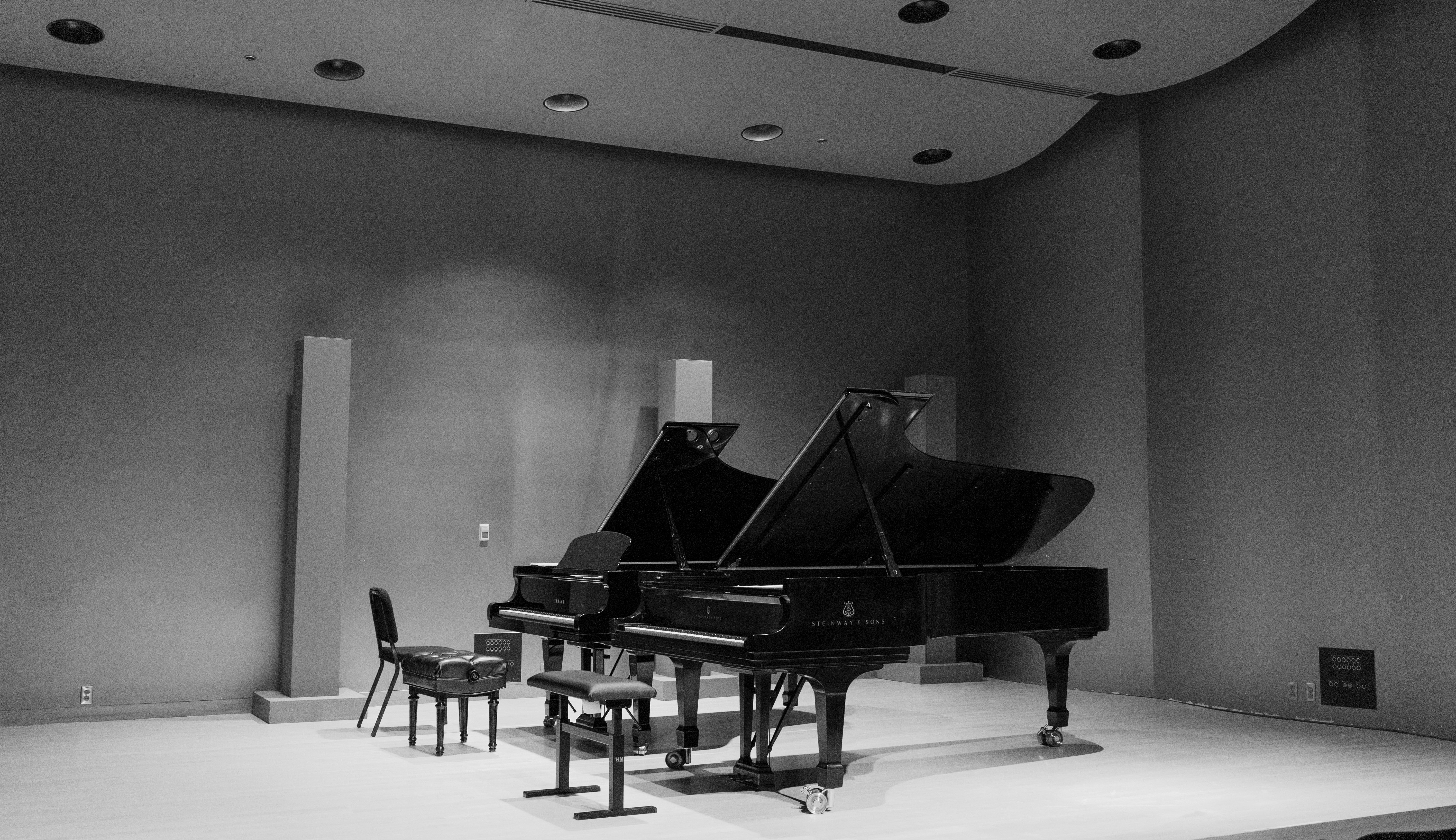
What Beethoven Should You Learn First on the Piano?
What Beethoven Should You Learn First - And How Do You Start Learning Beethoven?
Many students start to fall in love with classical music by listening to Beethoven. He’s a fascinating composer!
His early career, which many experts define as 1770-1802, is overtly classical in nature. By “classical,” we mean that his music resembles that of Haydn, Mozart, or Tartini. His middle period, ending around 1812, includes his most famous works, including Symphony No. 5. In that time period, he developed his personal style and expanded the boundaries of the classical genre. Take the “Eroica” symphony no. 3 in E flat, for instance (1803). It was much longer than the common symphony, and significantly influenced the great composers who followed.
In his final period of composition, which ended around 1827, Beethoven largely kept to himself – perhaps because of his hearing challenges and withdrawal from society. His work during this time is characterized by smaller ensembles, delicacy, and his string quartets in particular.
All that said, pianists around the world still want to play Fur Elise, the Beethoven sonatas, and more. Here is a brief guide to Beethoven’s accessible piano music, and please don’t hesitate to contact David Chang for piano lessons in Brooklyn or piano lessons in NYC. He will help you start learning your favorite Beethoven pieces right away, even if you are a complete beginner.
Are Any of Beethoven’s Piano Pieces Good For Beginners?
No, Beethoven did not explicitly write “beginner” piano music. Many people will point to Variations on a Swiss Air in F Major as one of his simplest piano works, and that is correct – but it’s still challenging. Other folks will try and play Für Elise, only to realize it’s actually quite difficult, and the same applies to the Moonlight Sonata.
That said, a skilled piano teacher will be able to work on pieces of Beethoven’s music even with a novice at the keyboard. That’s because a teacher knows what sections can be used as teaching tools for young pianists, and you will be able to grow into the piece.
What Beethoven Should You Learn First on the Piano?
Consider Für Elise or the Moonlight Sonata if you wish to play beautiful and recognizable tunes by Beethoven. This might sound like a contradiction with the paragraph above, but it’s not. Here’s why.
Für Elise follows an A-B-A form with the trademark haunting melody (atop a simple arpeggio pattern in the left hand) occurring in the A sections. The B section (the development) is difficult, but unless you’re auditioning or competing, nobody will care if you skip the B section. This gives you a simple and rewarding entry point into Beethoven’s music.
The same principle applies to the Moonlight Sonata, or Piano Sonata No. 14. The first section, Adagio Sostenuto, is slow, simple, and hauntingly beautiful. Even a beginner pianist can play enough of this movement to enjoy it on the piano. The third movement, Presto agitato, requires a professional level of technique.
Other Beethoven Piano Music Accessible to Intermediate Pianists
Six Variations on a Swiss Song WoO 64
Due to its limited technical demands, simple structure, manageable length, and basic harmony, this work by Beethoven can be learned by intermediate pianists. The piece is written in C major, a comfortable key for beginners with no sharps or flats to navigate. The finger patterns are straightforward, and the hand positions remain relatively stable throughout the piece. As a set of six variations on a theme, the structure is easy to understand, with the clear presentation of the theme allowing students to grasp the concept of variations and recognize the subtle changes in each variation.
The piece is short, making it less daunting for new pianists to learn and memorize. Furthermore, the harmonic language in WoO 64 is less complex than in many of Beethoven's other compositions, allowing students to focus on the melody and rhythm without getting overwhelmed by intricate harmonies. Although "Six Variations on a Swiss Song" might not be as well-known as "Für Elise," it provides a gentle introduction to Beethoven's music and allows younger pianists to build their skills and confidence before progressing to more challenging works.
Sonata in E Major Op. 14 No. 1
This Sonata, under the guidance of a good teacher, is a good launch point for Beethoven’s trickier piano music. The music usually requires only one hand to undertake technical challenges at a time, and most of the sections that sound hard are not all that difficult. That’s because the fast passages are simply scales (that you should learn anyways), and the arpeggios fit nicely in a single hand position.
Sonata in G Major Op. 14 No. 2
This sonata, a staple amongst late intermediate pianists, is an excellent stepping stone. It should be manageable because, like the previously mentioned pieces, the technique is mostly scalar in nature.
In the first movement (Allegro), the pianist must navigate intricate ornamentations, rapid passages, and quick changes in dynamics. These elements require excellent finger dexterity and control. Additionally, the movement's frequent modulations necessitate a deep comprehension of harmonic structure.
The second movement (Andante), though slower, demands a high level of expressiveness and refined touch. The pianist must convey the lyrical quality of the melody while maintaining a steady pulse and carefully balancing the dynamics.
The final movement (Scherzo: Allegro assai) poses challenges in maintaining a lively tempo and rhythmic precision. The pianist must execute rapid leaps, staccato articulations, and sudden dynamic shifts while retaining the playful character of a scherzo.
Contact David Chang to Start Learning Beethoven
Other than simplified versions of his well-known melodies, you won’t see much Beethoven in method books like Faber or Alfred’s Method for Adults. I take a different approach with my adult students, and I always help them start learning the music they want to learn right away. Get in touch for more information. I’d love to hear from you.





